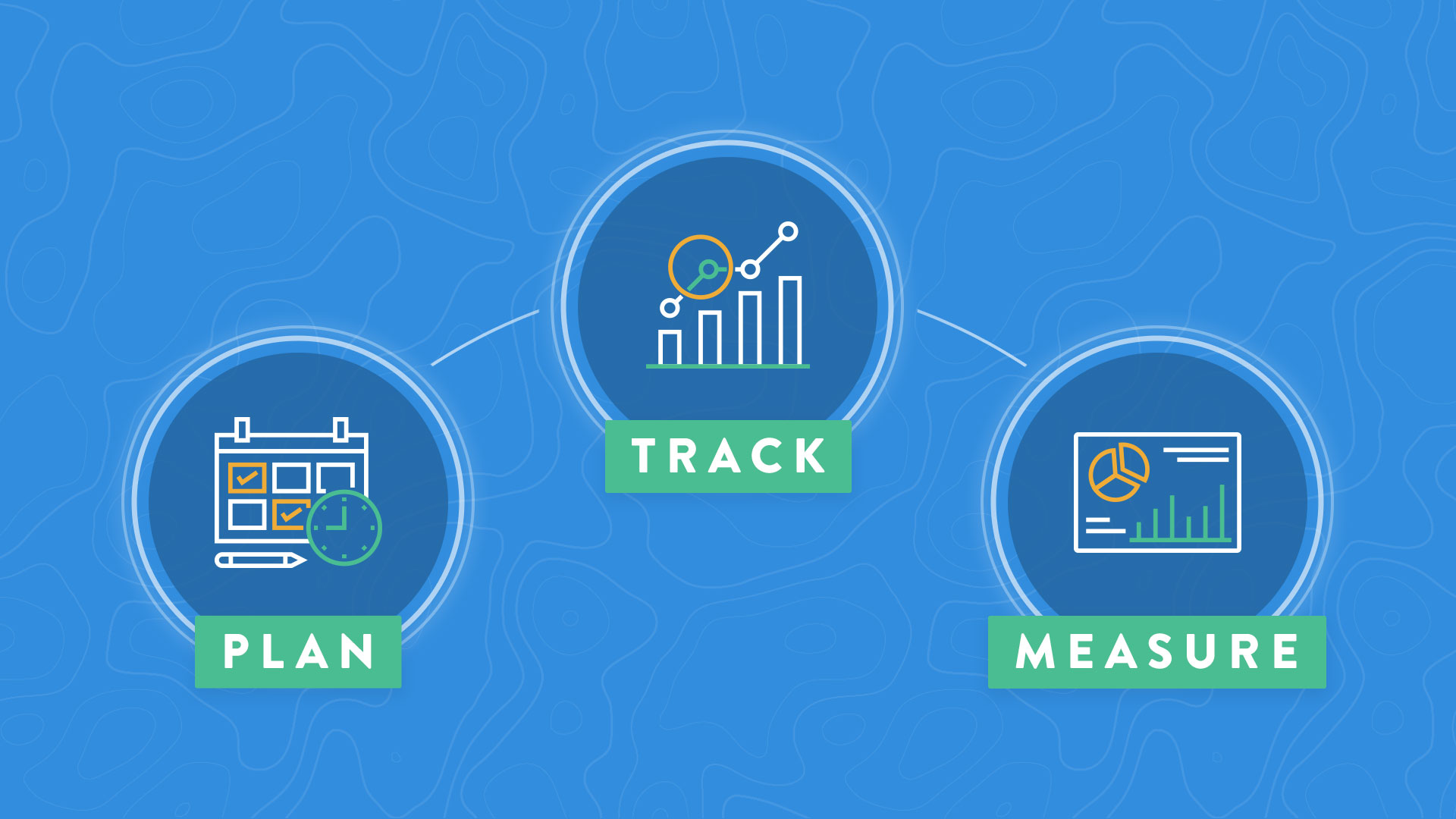Do Structured and Disciplined Agile Transformations Exist?
Understanding where you are as an organization and where you want to go is essential to transformation.
Understanding that creating the conditions for teams, backlogs, and working tested product to exist is the real work of the transformation is critical.
The next most important aspect of transformation is being able to demonstrate progress through tangible metrics that will resonate with executives.
Often, Agilists rely too heavily on things that don’t demonstrate real business value. They’ll point to the number of people who have undergone training or team morale as indicators that the transformation yields the desired outcomes.
But agile transformation isn’t a black art.
It can be planned, tracked, and measured.
Expeditions & Basecamps
Our approach to transformation starts with taking Expeditions and moving them through a series of incremental steps called Basecamps.
An Expedition is a vertical slice of the organization with its own team-based structure, governance, and metrics that are trekking from Basecamp to Basecamp.
A Basecamp is an intermediate step along the agile journey that allows you to measure progress and claim an intermediate victory before the next leg of your transformation journey.
The idea behind Basecamps is to deliver incremental value to the organization as teams get more performant over time. It’s a model where we meet an organization where it is and take a planned, iterative, and incremental approach to change.
We’ve defined a reference set of five Basecamps based on the patterns we’ve seen across many different sizes and types of organizations. This pattern has proven to hold true—although you can tailor Basecamps to suit the needs of the transforming organization.
Outcomes-Based Planning
There’s a tendency amongst Agilists to say that I’m just going to show up, coach, and teach people Scrum. But what if that doesn’t work? What if the dependencies between teams or value streams are too great to overcome with coaching alone? Then what?
You can’t simply blame the client.
You can’t just fake it till you make it.
You need some way to know if you’re moving the organization forward, but the steps to moving Expeditions through Basecamps aren’t always intuitive.
We came up with outcomes-based planning, a decomposition of the work associated with moving Expeditions through Basecamps to the next level of detail.
The unit of value in a transformation is higher performance. An Expedition represents a complete vertical slice of the organization, and Basecamps represent an iteration of improved performance for those teams.
If you think about it in terms of a Kanban board, the Expedition moving to its next Basecamp is the Epic. Each “Epic” then breaks down into a set of “features” that we call outcomes. The outcomes can be decomposed into a set of activities and are declared done based on an objective assessment.
Outcomes-based planning is an excellent way for everyone to visualize how the day-to-day work is tied to business value.
Bringing it All Together
We said that transformation could be planned, tracked, and measured and that we needed to provide executives with tangible metrics important to the business.
By looking at transformation through the lens of our Basecamp model and breaking down the work into activities and outcomes, we’ve created a way to directly tie transformational activities, such as training workshops and coaching, to the business value needed to justify the investment and prove ROI.
We can also use Expeditions, Basecamps, and outcomes to build an agile transformation roadmap with milestones to measure progress and adjust as needed throughout the transformation.
Most importantly, we get a system that delivers value and can adapt, learn, and pivot as necessary as the transformation progresses.


